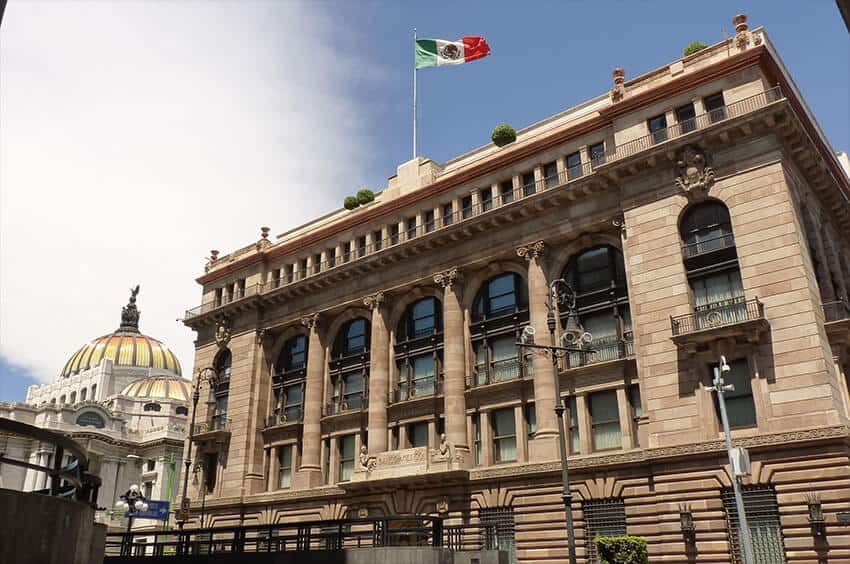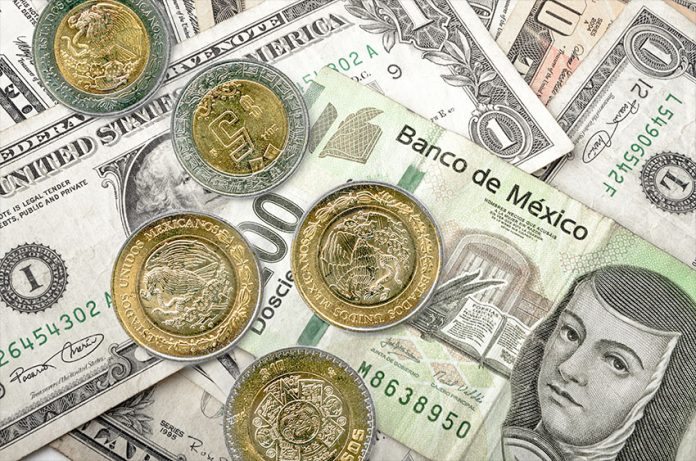The Mexican peso could depreciate 20% against the U.S. dollar in the coming months due to tightening monetary policy in the United States, according to Moody’s Analytics.
Citing a model that replicates the monetary and financial conditions of the global economic crises of 2009 and 2020, the financial intelligence company predicted a “significant” correction for the peso, which currently trades at about 20 to the U.S. dollar.
The tightening of monetary policy that is already underway in the United States — the Federal Reserve raised rates by 75 basis points for a third consecutive time in September as it seeks to tame high inflation — could trigger an exchange rate correction, Moody’s said in a report.
The company used the word “imminent” to describe the proximity of the commencement of its predicted correction, but also said that the anticipated depreciation might not come until 2024, “depending on the speed of the Federal Reserve’s monetary tightening cycle and Mexico’s monetary policy reaction.”

The Bank of México (Banxico) holds its monetary policy meetings a week after the Fed’s interest rate announcements, and has recently followed its lead in lifting rates by 0.75% in an attempt to bring stubbornly high inflation down. Banxico’s sharp hikes are seen as one factor that has helped the peso maintain — and even increase — its value against the greenback. Other factors include strong inflows of remittances, foreign investment in Mexico and strong export earnings.
However, a recession in the United States could “reverse” those positives, Reuters said. The news agency also said that “an imminent return of capital to the United States caused by the Fed ramping up rates could weigh on the peso.”
At 9.25%, Mexico’s benchmark interest rate is currently much higher than that in the United States, while inflation here was 8.7% in September.
Carlos González, chief analyst at the Monex financial group, suggested that Banxico might not keep up with the Fed’s interest rate increases in 2023.
“It seems to me that next year, as the Fed continues to increase rates, the Bank of México could even say ‘We are staying here’ and I think that factor may affect [the peso],” he said.
Many currencies have depreciated significantly against the dollar in 2022, but the Mexican peso isn’t one of them. In fact, the peso has strengthened against the greenback, adding over 2% in value since the start of the year.
Moody’s acknowledged that the peso has been relatively stable since the initial pandemic shock in the first half of 2020, when it fell to a low of about 25 to the U.S. dollar.
Alfredo Coutiño, the financial intelligence company’s head of Latin America economic research, also warned of a “currency correction” for the peso in an analysis for Moody’s Analytics subscribers. “By the beginning of 2023 at the latest, the depreciation of the Mexican peso will have to come,” he said.
